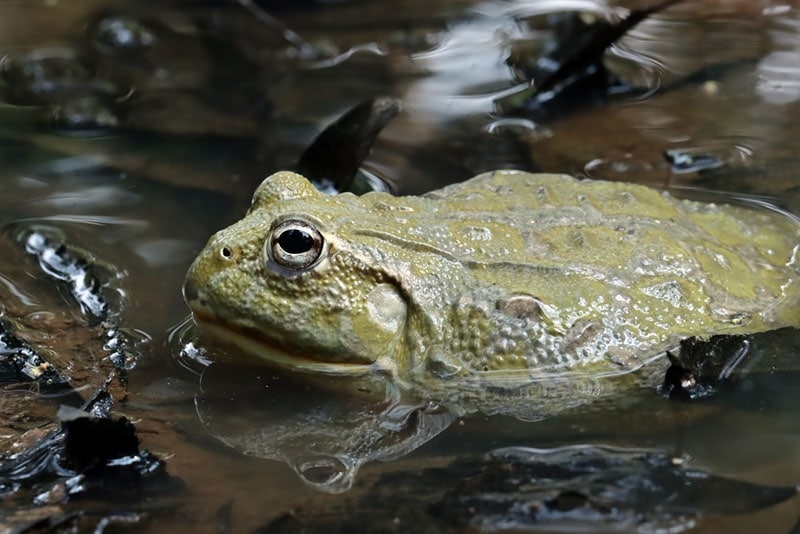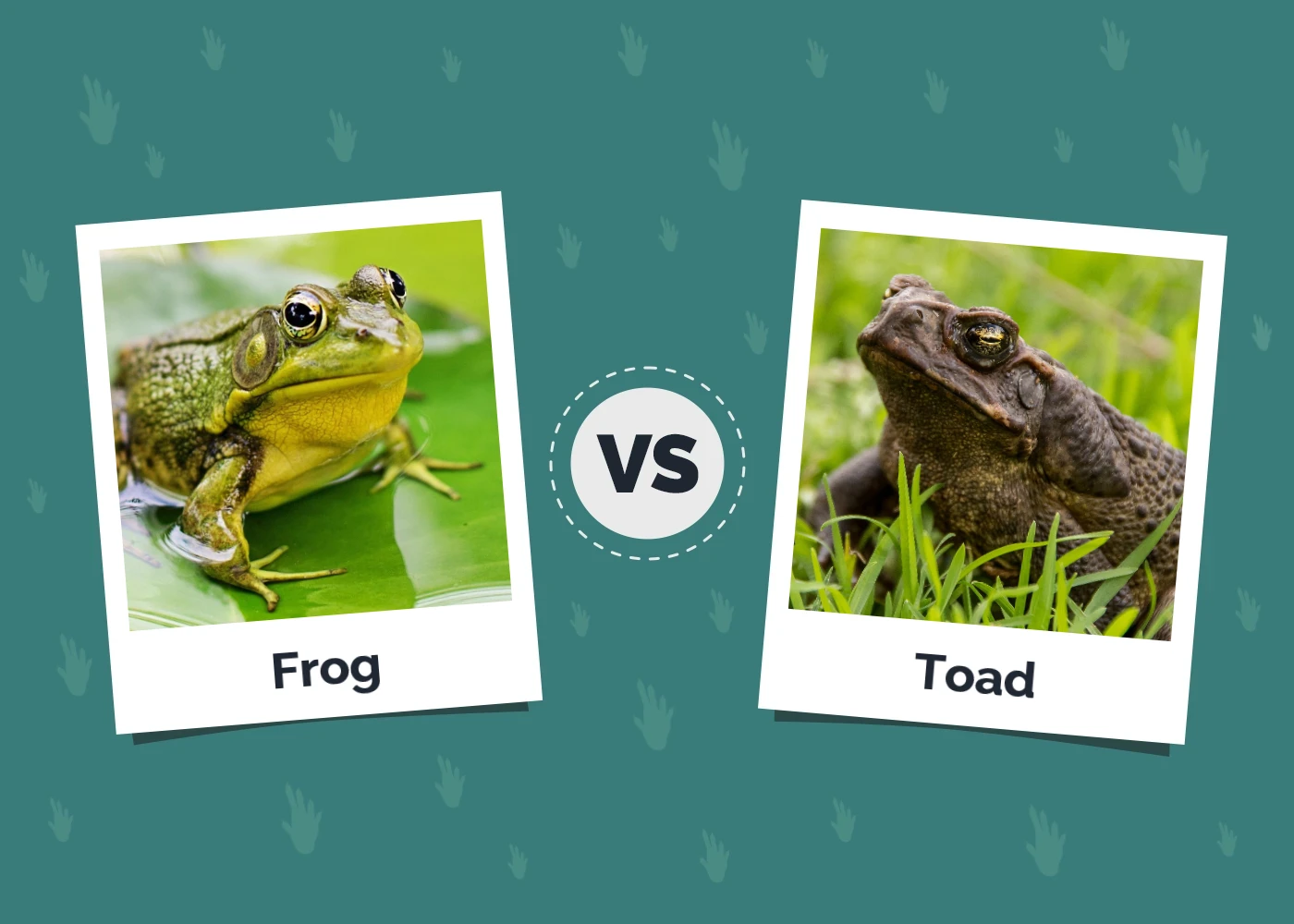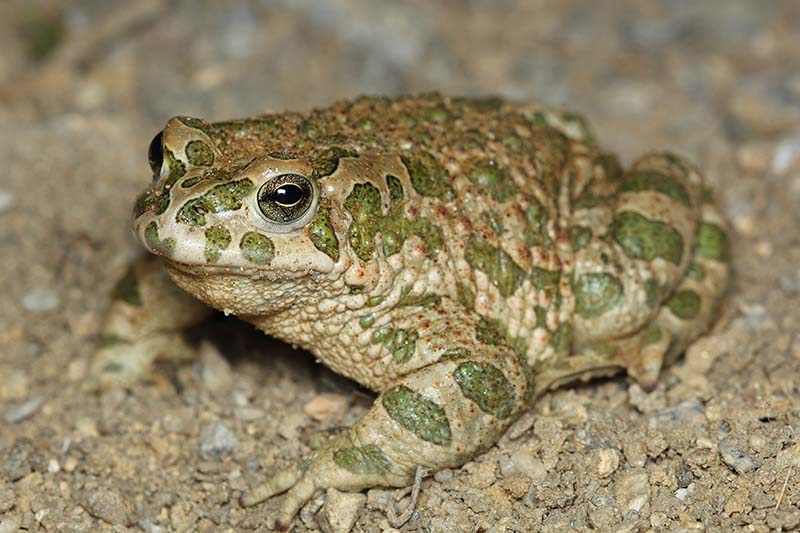How to Breed Frogs in 10 Vet-Approved Steps
Updated on
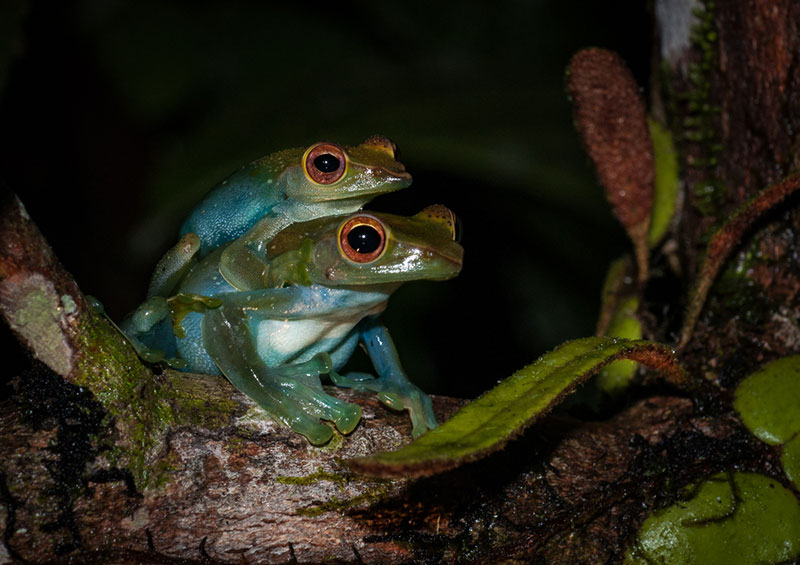
The idea of breeding frogs is appealing to a lot of animal lovers in the world. Not only are these amphibians amazing creatures to learn about, but their life cycles are some of the most interesting around. If you’re wanting to breed frogs, whether they’re your pets or you have wild frogs in the area, it’s important to learn everything you can about them. Learning which frogs are around, how to identify males and females, and what they need to survive is crucial before embarking on this mission. Once you have all that figured out, you can check out our step-by-step guide for how to breed frogs to learn what to do next.
The 10 Steps for Breeding Frogs
1. Do Your Research
According to where you live, the rules and regulations regarding frog breeding will be different. To find out your local guidelines you should contact your local conservation department. They will give you safety information, guidelines, regulations, and information on any endangered frog species in your area. Endangered species cannot be collected to be used for breeding or any other purpose.

2. Collect Frogs
If you’re collecting frogs for breeding rather than using pet frogs, you’ll want to do so in the spring or early summer. Visit local ponds, creeks, or lakes to find frogs. Make sure you aren’t trespassing when doing this. Knowing how to determine male and female frogs is crucial at this point. Once you know the frogs in your area, research how to make this determination. Then, find one male and one female. You’ll need to also collect pond water to keep your specimens in on the journey home.
3. Prepare a Frog Habitat
Next, you need to get the habitat ready if you don’t already have one. You can use an aquarium, plastic container, or fish bowl for this. You will need to collect water from the pond where you collected the frogs. Of course, you may need to add more water. However, only de-chlorinated water can be used. Tap water will kill tadpoles that are produced. If possible, use rainwater or other safe water options. Once the water is added, aerate the water using an approved device. Your frogs will need dry areas and you can decorate if you choose.
4. Manipulate the Environment
Frogs breed according to the seasons. This ensures baby frogs have the summer to grow and develop before hibernating. Using temperature and light manipulation can help you convince your frogs that the time of year is right to reproduce.
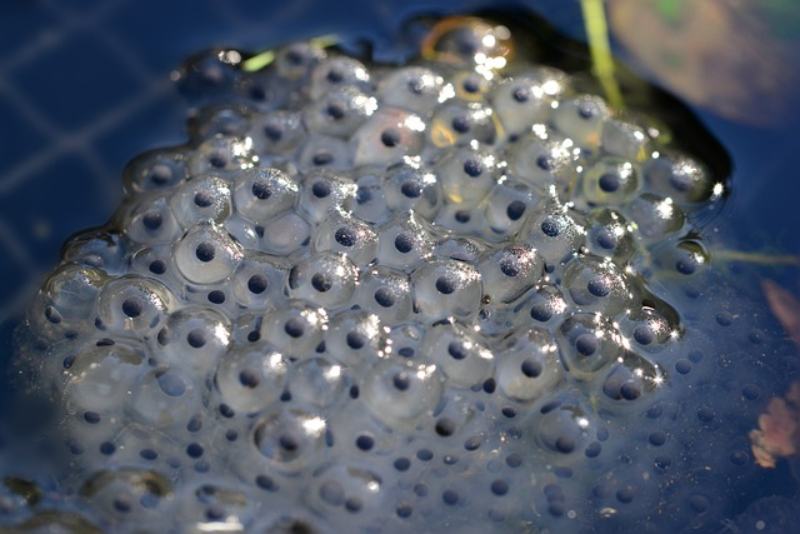
5. Set the Scene
If you’re breeding frogs, you should recognize the signs of mating. When these signs are shown, you need to ensure the habitat is ready. Certain frogs prefer rainy weather, more humidity, or other criteria before mating. Learn your species preferences then accommodate them. You’ll also need to provide leaves or vegetation for eggs to be laid on.
6. Return the Adults
Once eggs are laid, you can safely return the adult frogs to the habitat where you collected them. If they were wild frogs and not pets, make sure they go back to the same area and that they return in time to hibernate for the upcoming cool weather.
7. Care for the Tadpoles
When the eggs hatch, you’ll be caring for tadpoles. You’ll need to keep the water changed and clean. Your tadpoles will also need food. You can grind up fish food for this. Keep old food out of the water to keep things clean. Also, provide tadpoles with an area to escape the water when they grow into little frogs.
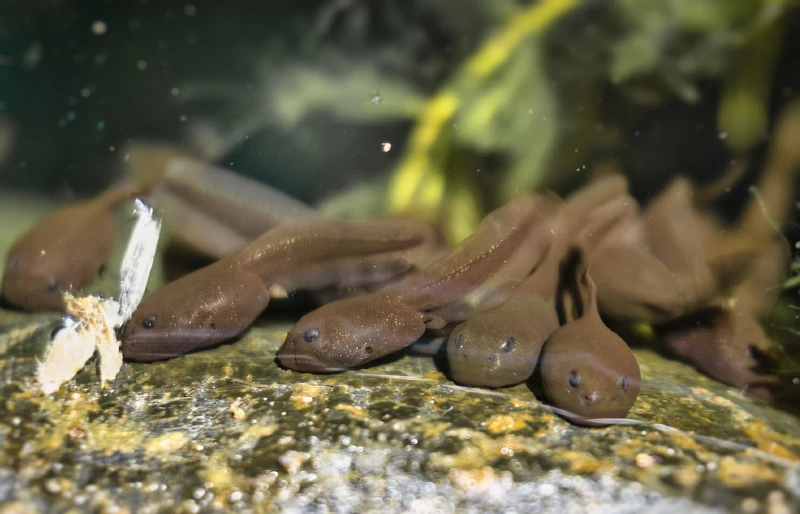
8. Baby Frogs
Baby frogs will eat insects. You can collect small crickets, moths, and fruit flies for this. You’ll also need to ensure they don’t dry out. Mist your baby frogs and make sure they have access to water.
9. Prevent In-Breeding
It’s important to prevent growing frogs from mating with one another. By continually breeding sibling frogs you can cause inherent diseases to develop.
10. Release in the Wild
Once your baby frogs are old enough, you can take them out and release them into the wild or sell the babies if they are pets. This is a great way to not only be part of frog breeding, but you can also help maintain numbers in your area. Always release frogs back into the habitats they came from to ensure you aren’t introducing new species or diseases to a population.
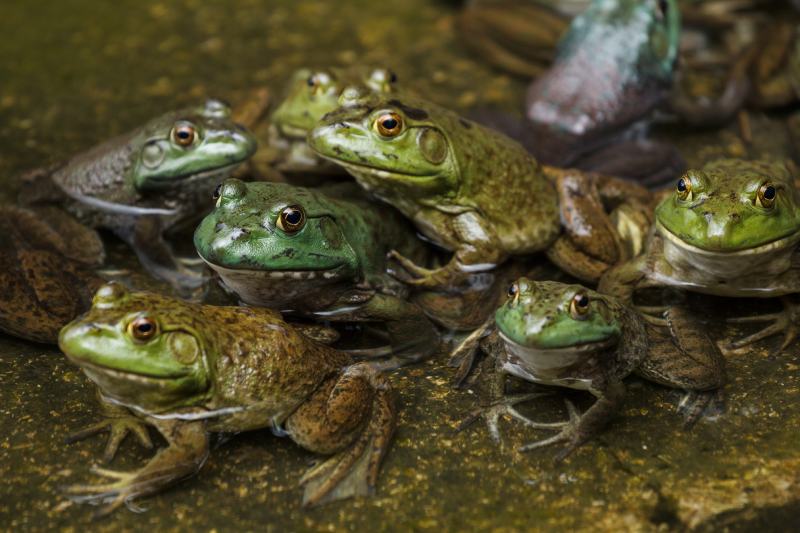
Final Thoughts
Now that you know how to go about breeding frogs, you can ethically and legally care for your upcoming babies. Always remember to ensure your frog’s safety when returning them to the wild. You also need to do so promptly so they can find a suitable home and prepare for hibernation when the weather changes.
Featured Image Credit: timsimages.uk, Shutterstock


